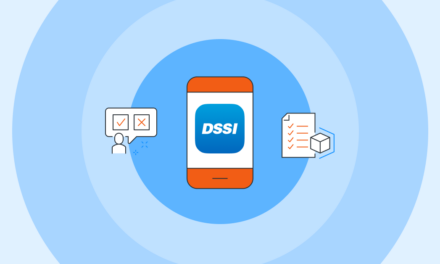Our guide to healthcare purchased services discusses the nature and scale of the challenges posed by purchased services, as well as the ways in which DSSI Analyze™ can help maximize the value of every dollar a hospital spends.
A Guide to Healthcare Purchased Services
What are Purchased Services in Healthcare?
Healthcare purchased services refer to any outsourced or contracted purchased services agreements in an organization. Optimized purchased services have the ability to drive greater efficiencies and savings.
The Challenges
Purchased services in hospital systems are like the Wild Wild West. There’s so much spend here – considerably more than you would expect, in fact. Plus, tracking and influencing it as a supply chain or procurement expert can be extremely challenging.
That’s why we built DSSI Analyze to be different. There are many companies out there that will take your AP data and put it into purchased services categories to tell you by category and by vendor if you’re trending up or trending down. But the detail behind those changes is the crux of it, and most of the tools out there can’t show you those deeper layers. The why of it matters so much.
How to Interpret Trends in Healthcare Purchased Services Spend
For purchased services, if you’re trending up in costs, is it because you saw more patients or because the cost of goods went up, or are labor costs increasing…? That equation on the purchased services side is how you uncover outsized spend, and how you fix it.
Conversely, on supplies, the hard cost is easy to see – the equipment or bandage or medication costs are clear. This is why we built DSSI Analyze to get into the operational level of data and tell you exactly why your spend is trending up or down, and more importantly, what you should do about it, where to look, and what to adjust.
Historically, the procurement and supply chain experts in the hospital systems only really get one side of the story for the purchased services spend, but with that next level of detail within the data and the benchmarks to their other sites, you can see where the spend is out of place and know what to do to save money.
Over the long term, organizations that refine their business process to dive deeper into their spend efficiency will source high quality goods or services. DSSI is ready and able to assist your procurement team with developing new strategies that increase cash flow, bring up the bottom line and create a competitive advantage for your organization. The digital transformation DSSI brings to your organization leverages spend analytics and identifies areas of improvement while providing a data management tool for the future.
Three Cost Savings Opportunities for Purchased Services in Healthcare:
- Visibility – When examining healthcare purchased services, greater transparency through spend management can grant visibility in hidden savings in purchased services contracts.
- Understanding – Beyond category allocation insights of spend, cost savings in purchased services can be derived from in-depth spend analysis.
- Actionable insights – Healthcare supply chain automation and expert procurement consulting can turn purchased services analytics and data into action.
Drill Down with DSSI Analyze
Let’s take food as an example in healthcare purchased services:
DSSI Analyze helps you break down the view to pinpoint absolutely where your spend is going and where it’s going off the rails. Is the money being spent in your cafeterias, or on the food that actually goes to the patient’s bedside?
When you combine the DSSI Platform and DSSI Analyze, you can see the price of the raw chicken that you source from your broadliner, whether it’s on contract, what the price is, if there’s a rebate, the food prep costs, waste assumptions, spend to budget, distribution of food to cafeterias versus patient rooms, and on and on – so you can hone in on the problems, compare to your other sites, and optimize at every turn.
The answers vary – sometimes it’s better to pay for individually packaged juice rather than pay someone to pour that juice, and it might be completely different with an outsourcer in the mix – but DSSI Analyze accounts for all that. It houses and refines the data to help you find the questions to ask, and offers the details you need to make data-driven decisions.
That’s the power that DSSI Analyze brings – to help you master your purchased services contracts to a granular level to make sure you are getting the most out of each contract and every dollar spent.
Try DSSI Analyze™ Today
Contact us for a free demo and initial savings analysis.

Tom Swapp is the Vice President of Market Development – Acute for Direct Supply® DSSI™. He joined DSSI in 2019 after many years of building expertise in the world of hospital supply chain. Tom holds an undergraduate degree from Brigham Young University in Economics and an MBA from the University of Colorado at Denver.




